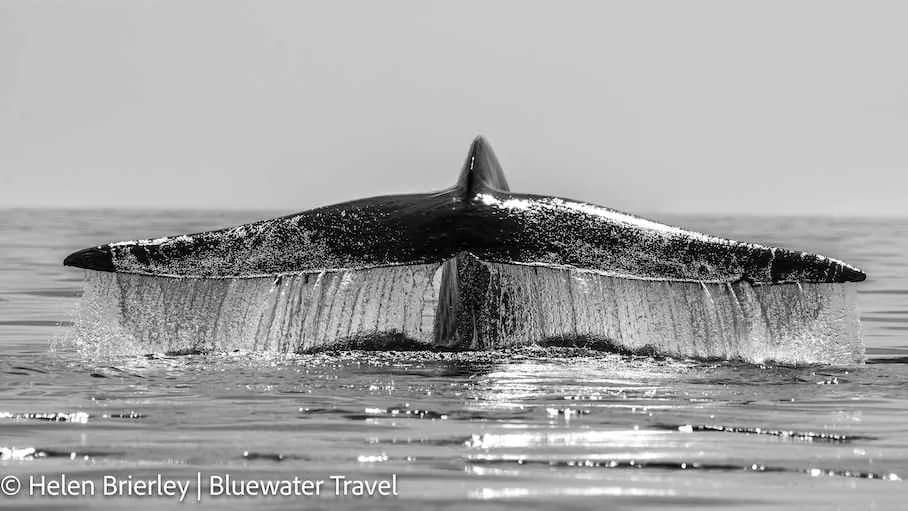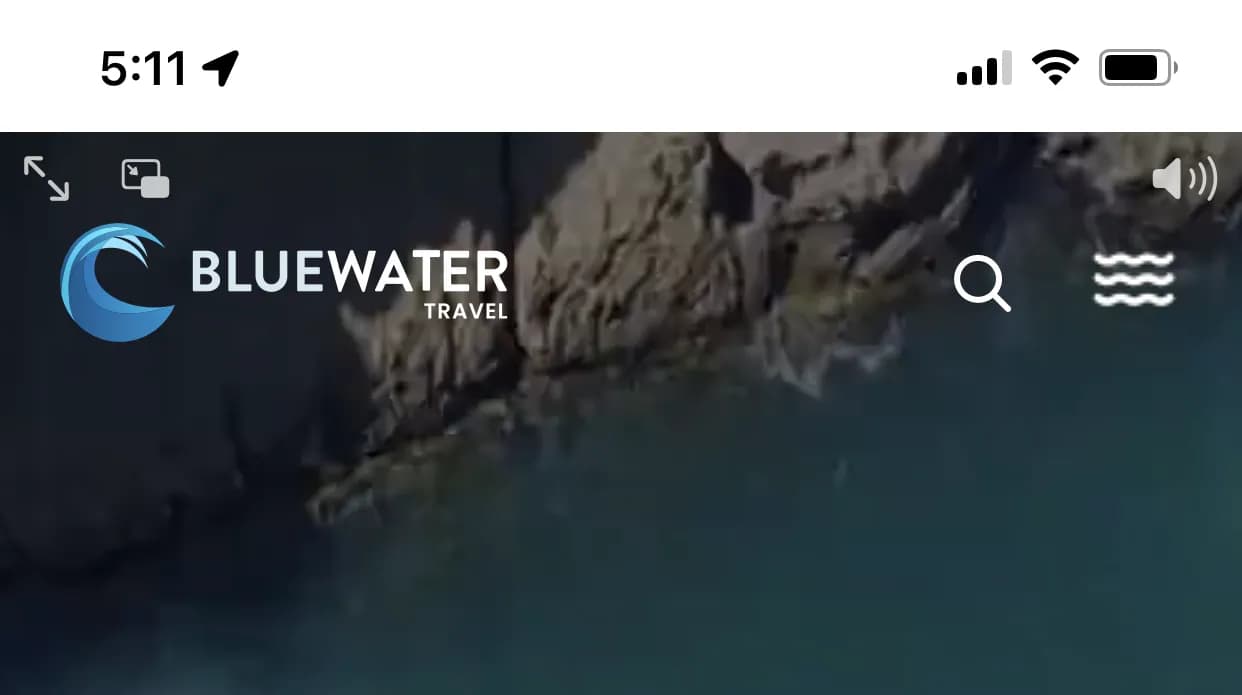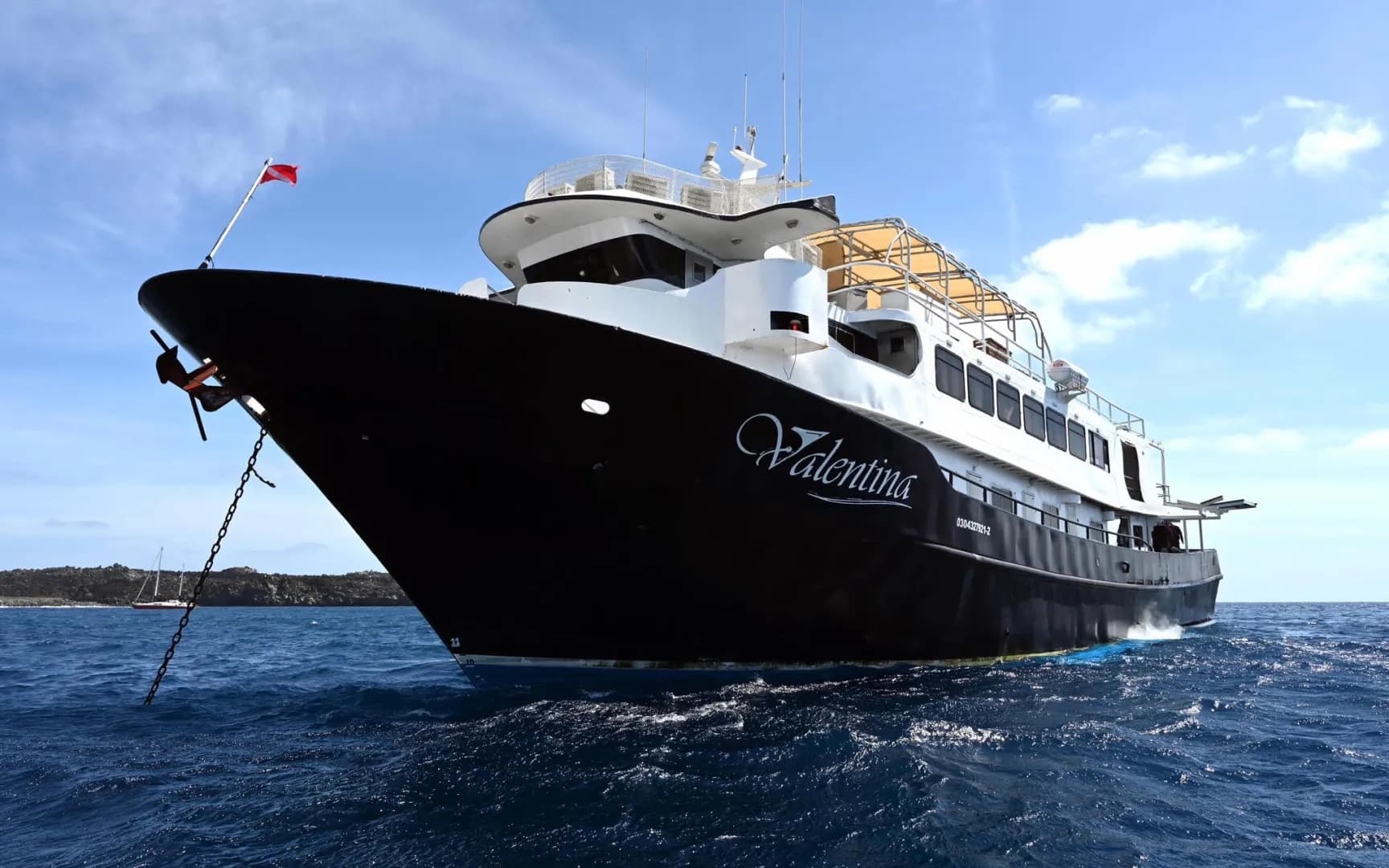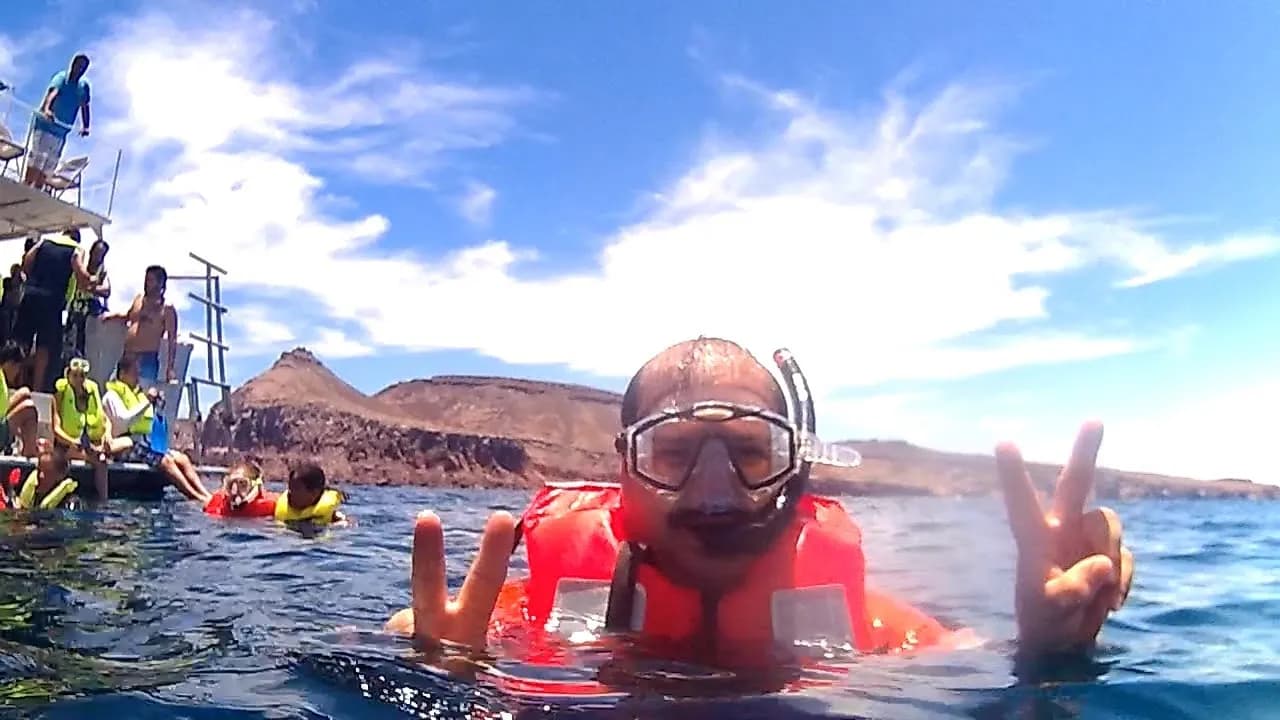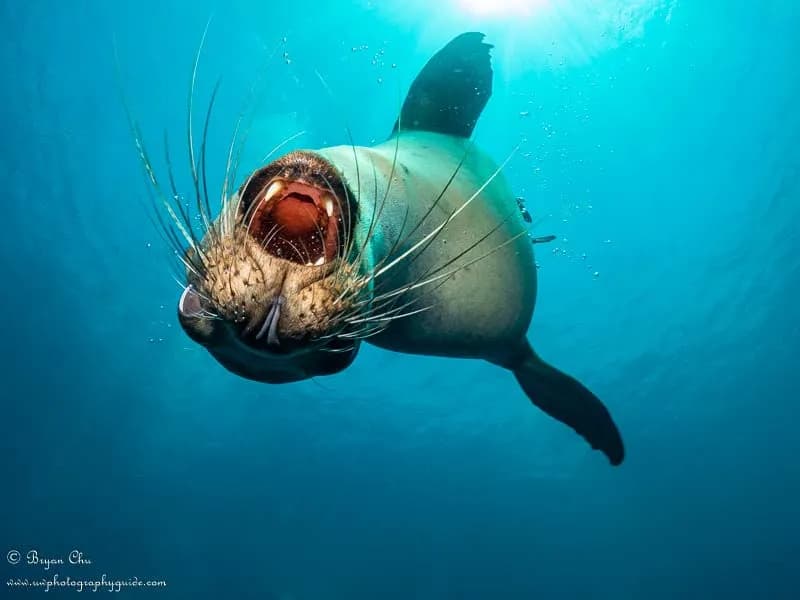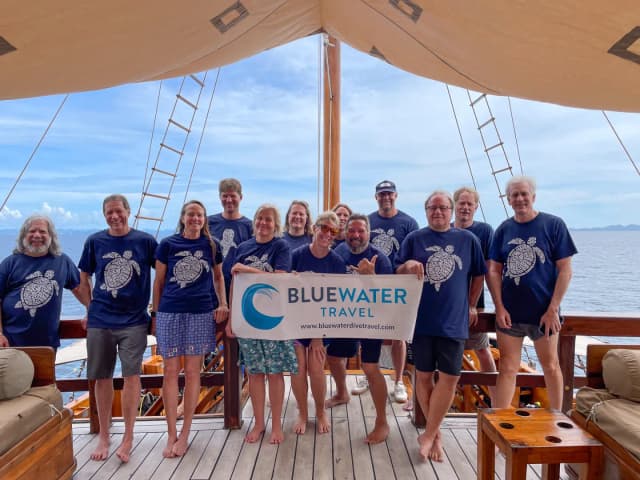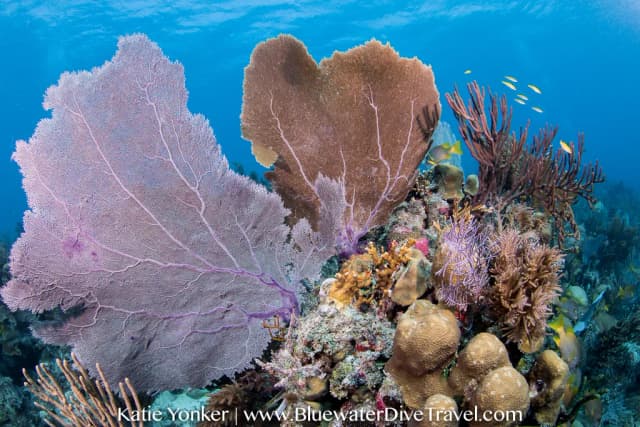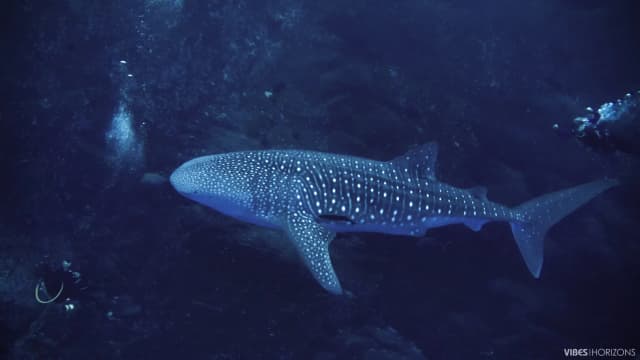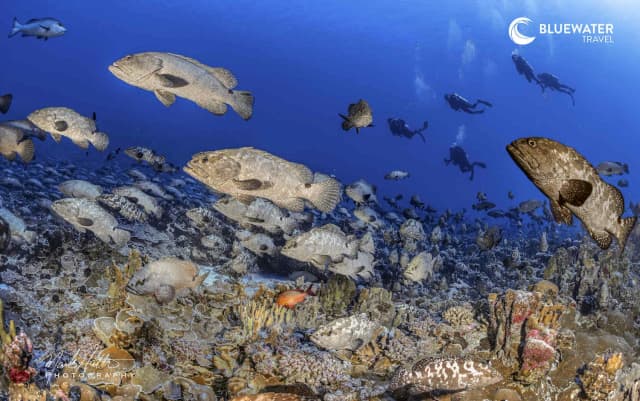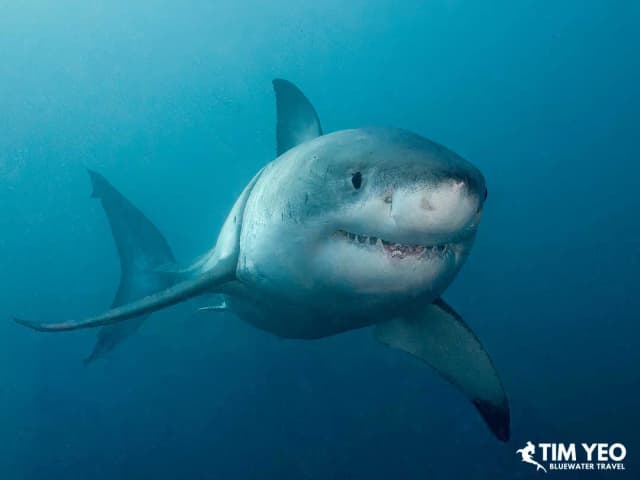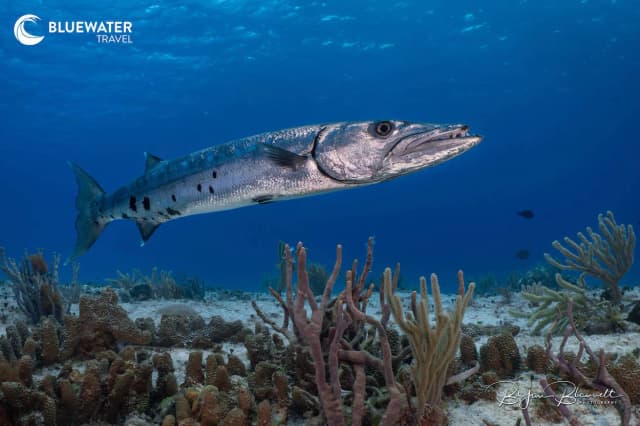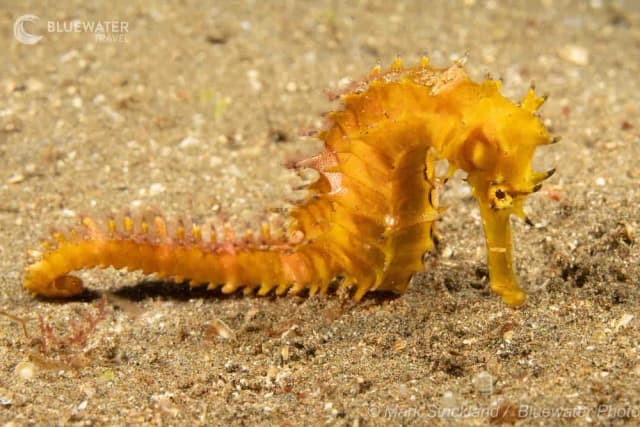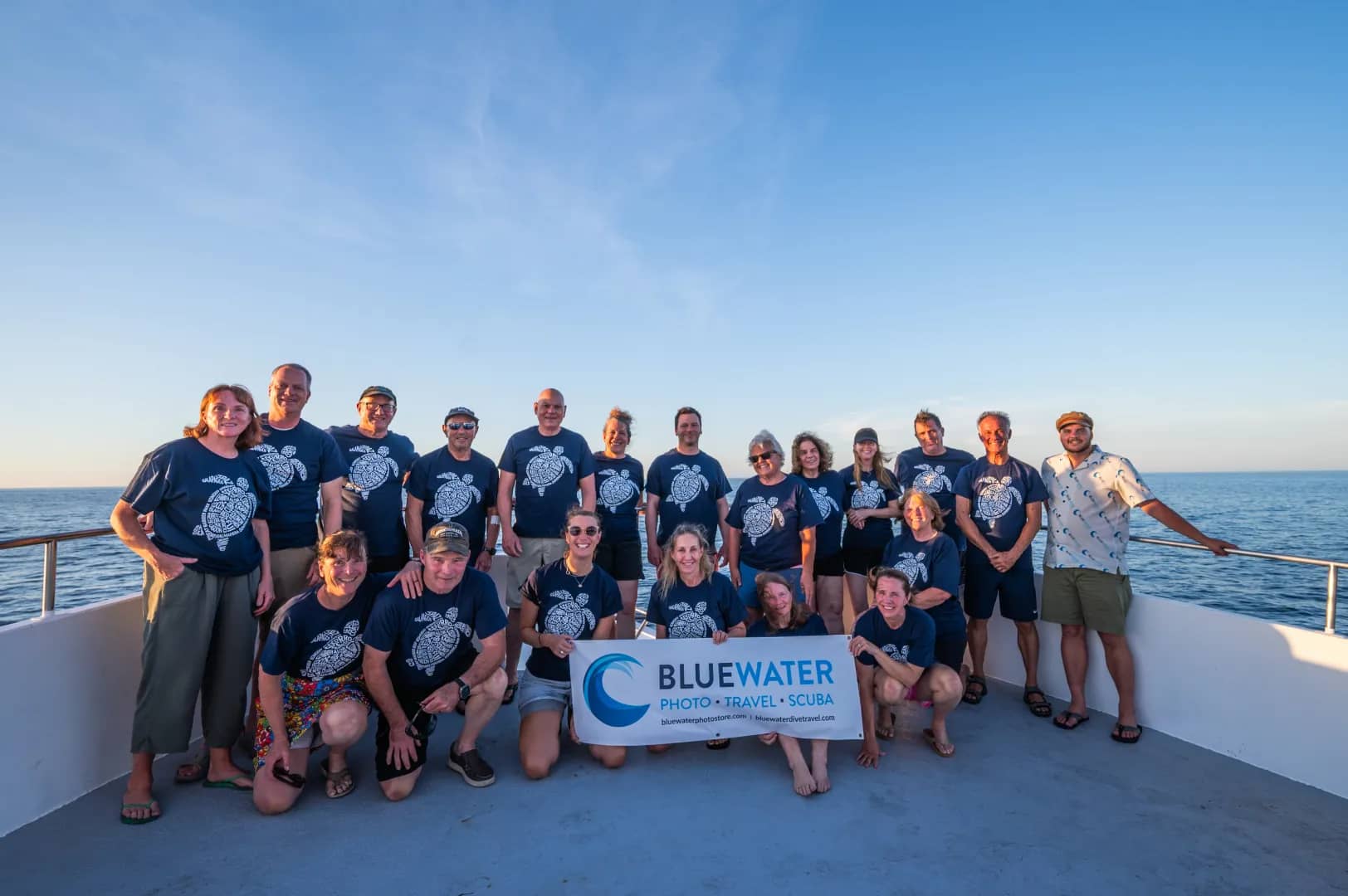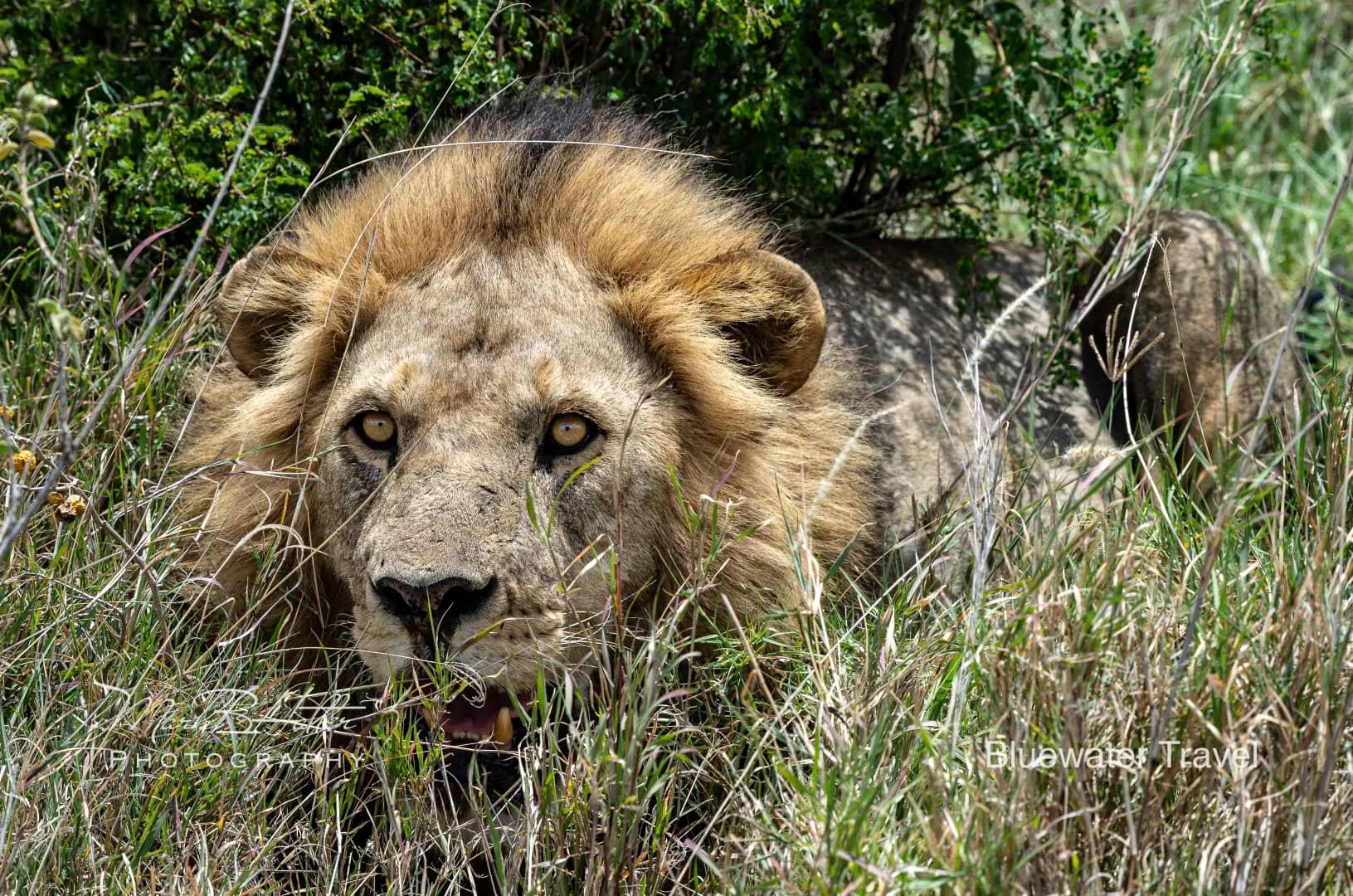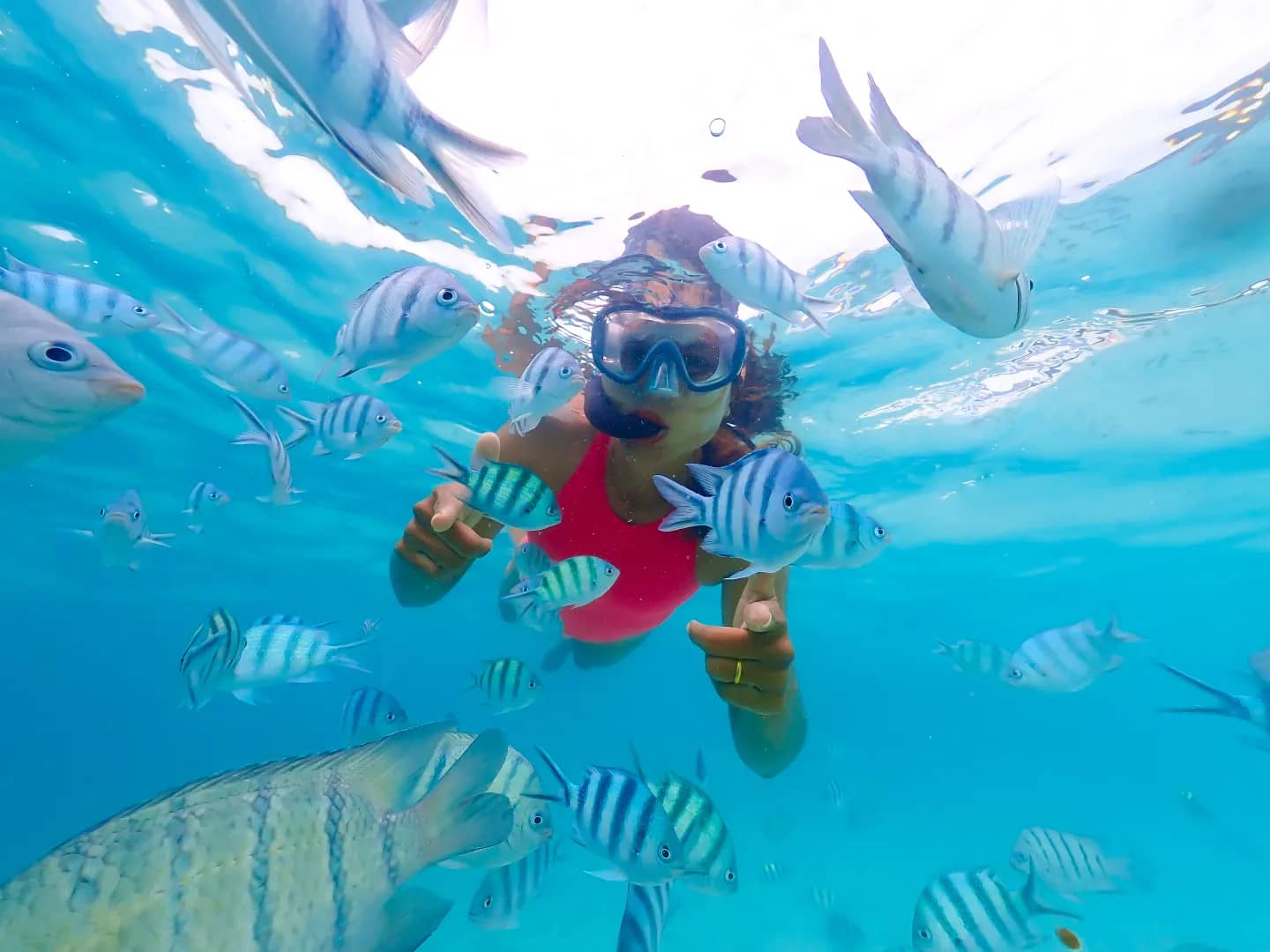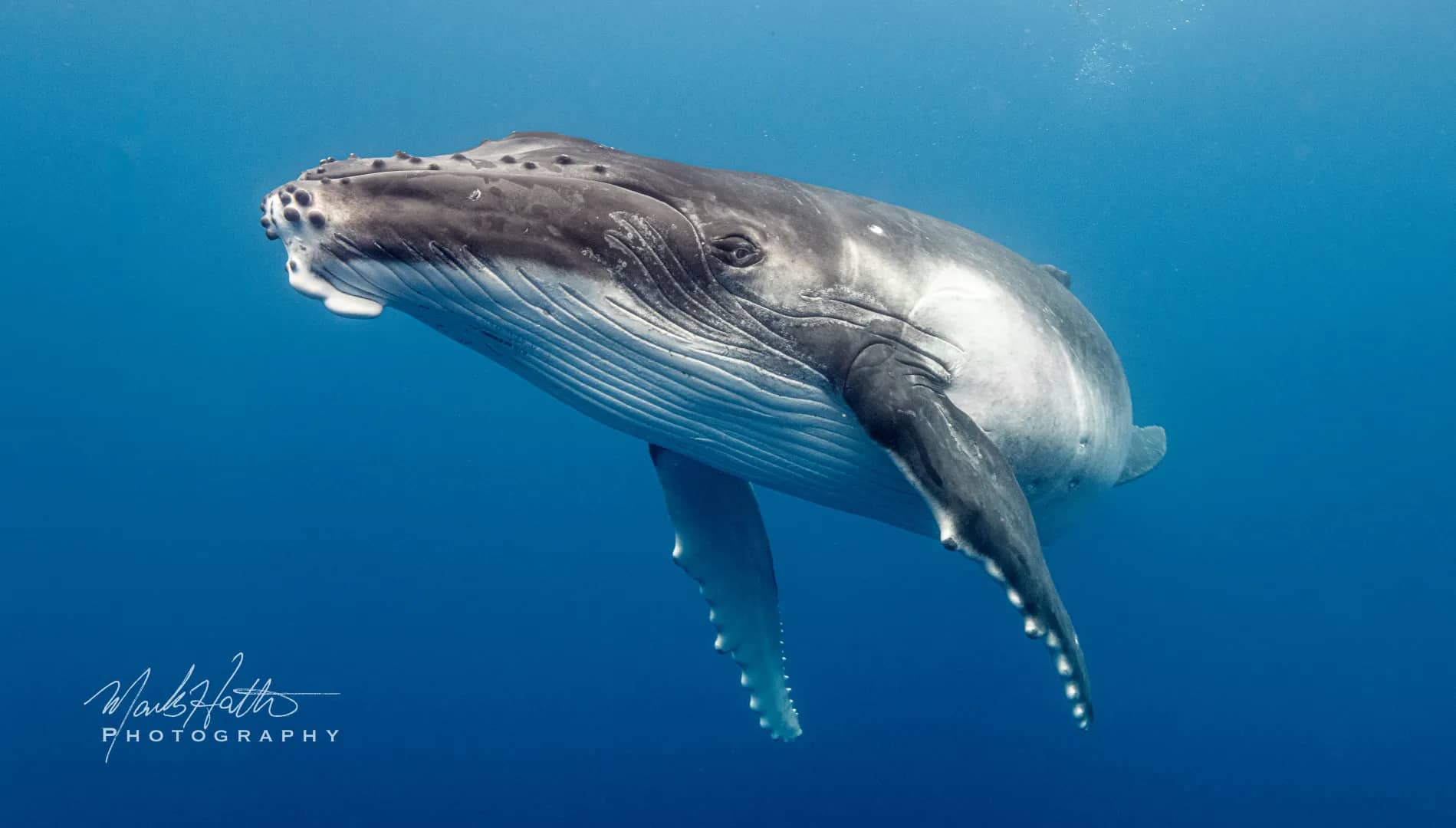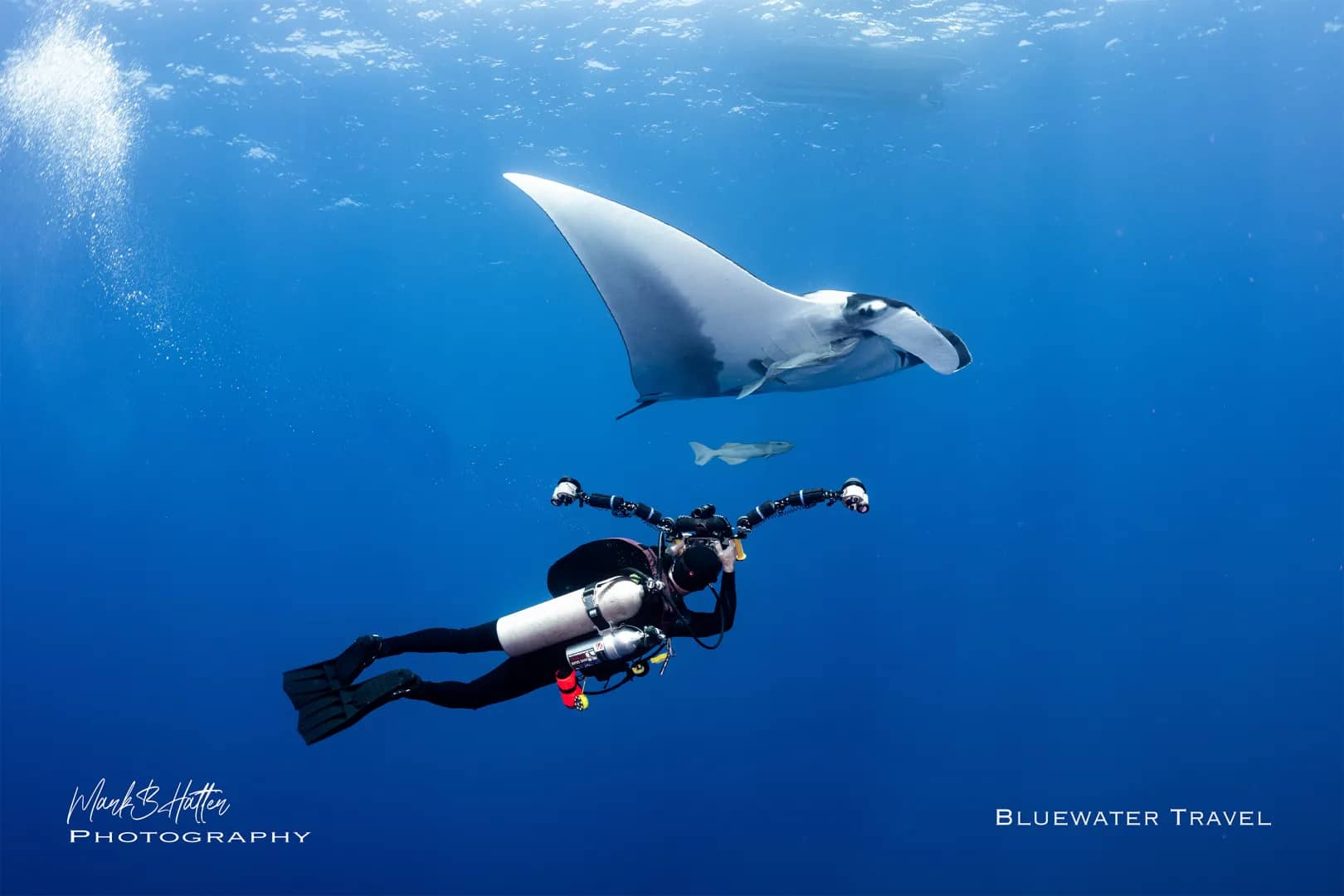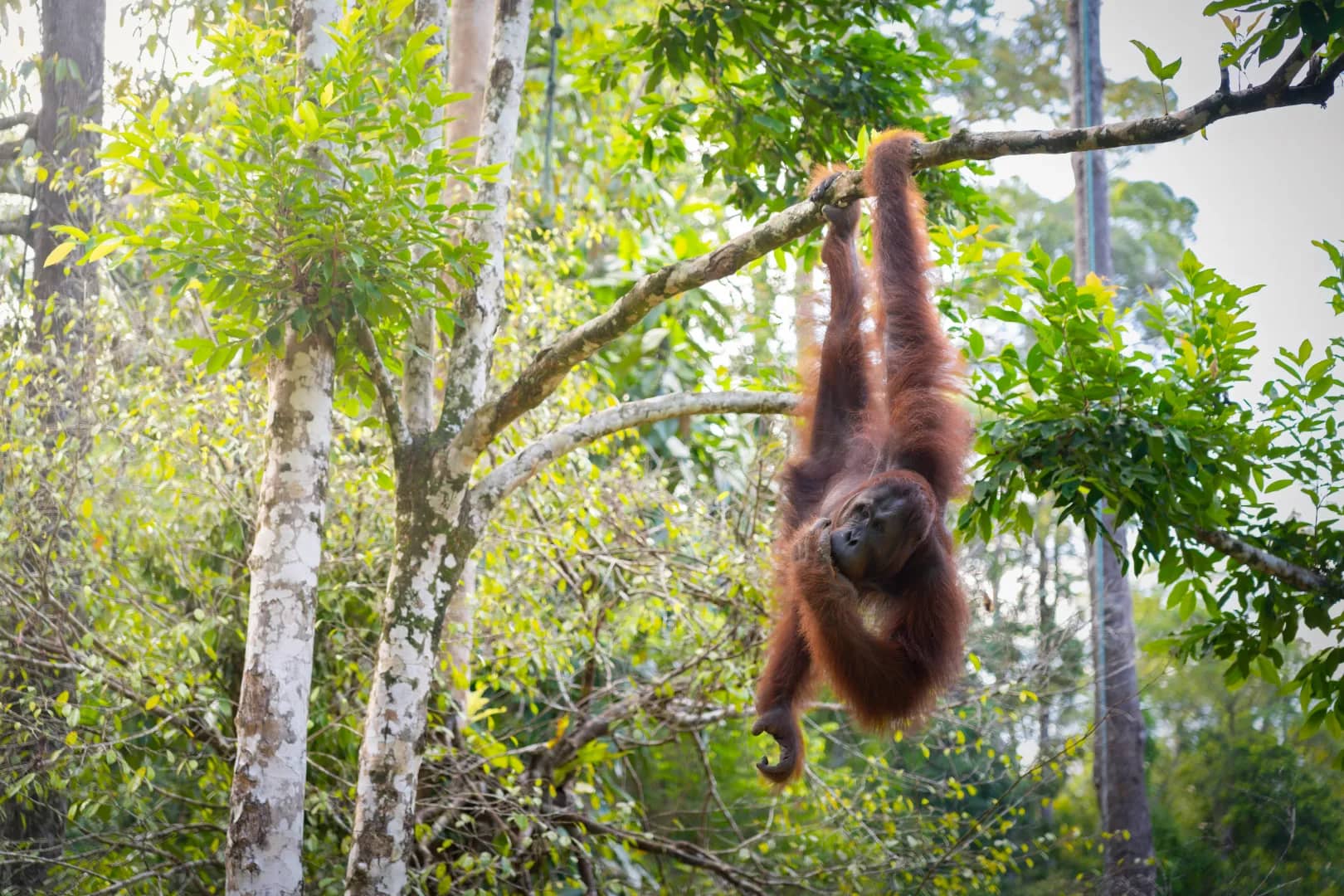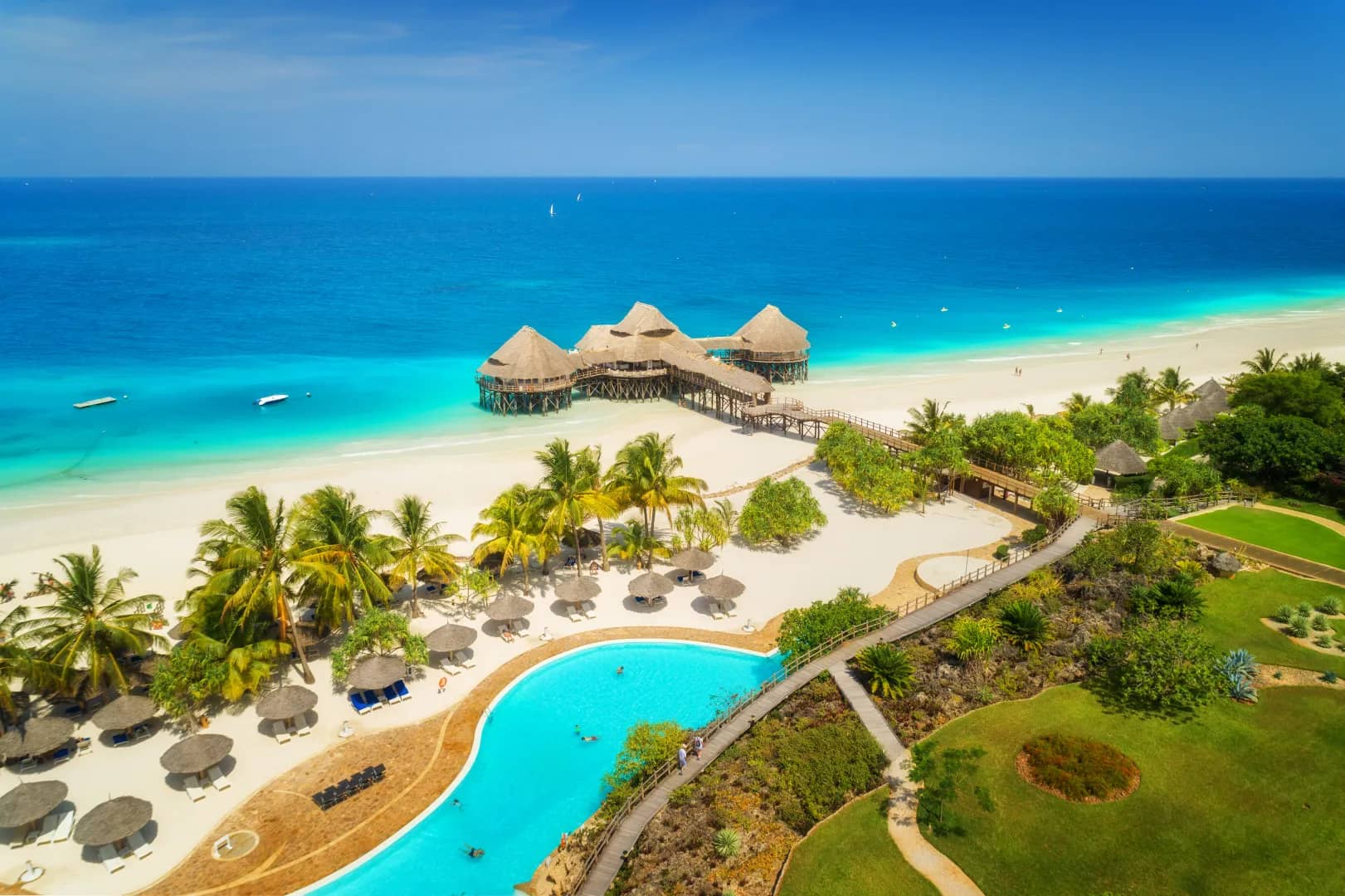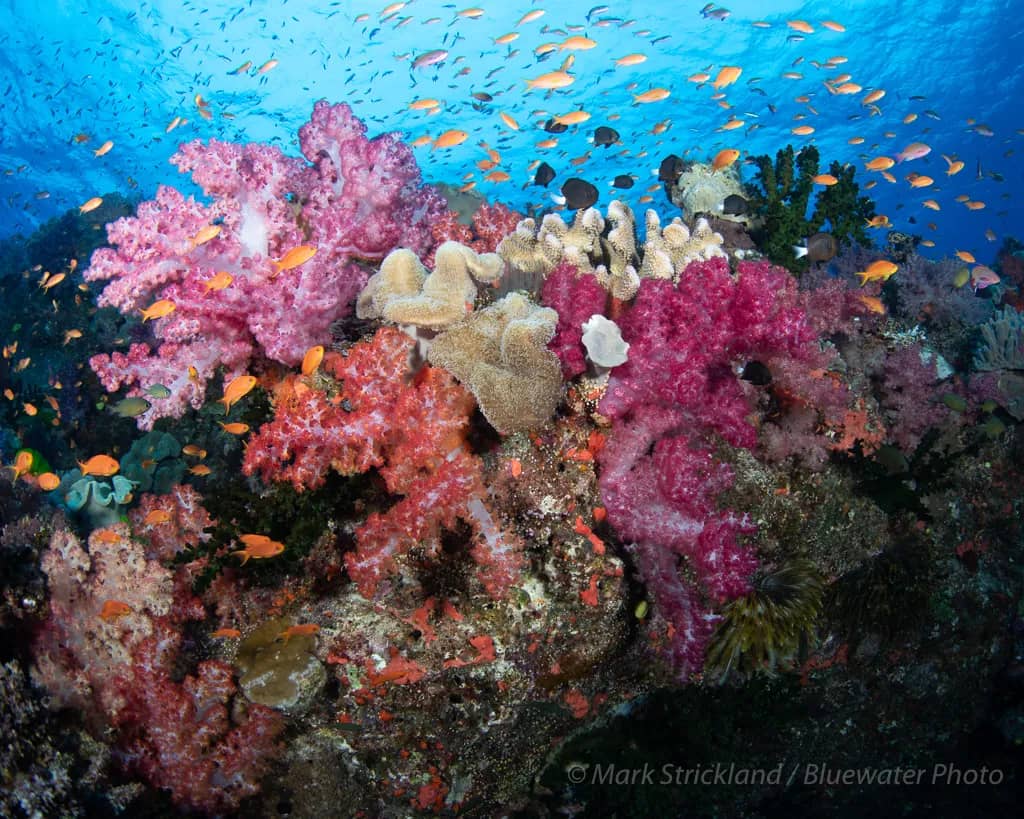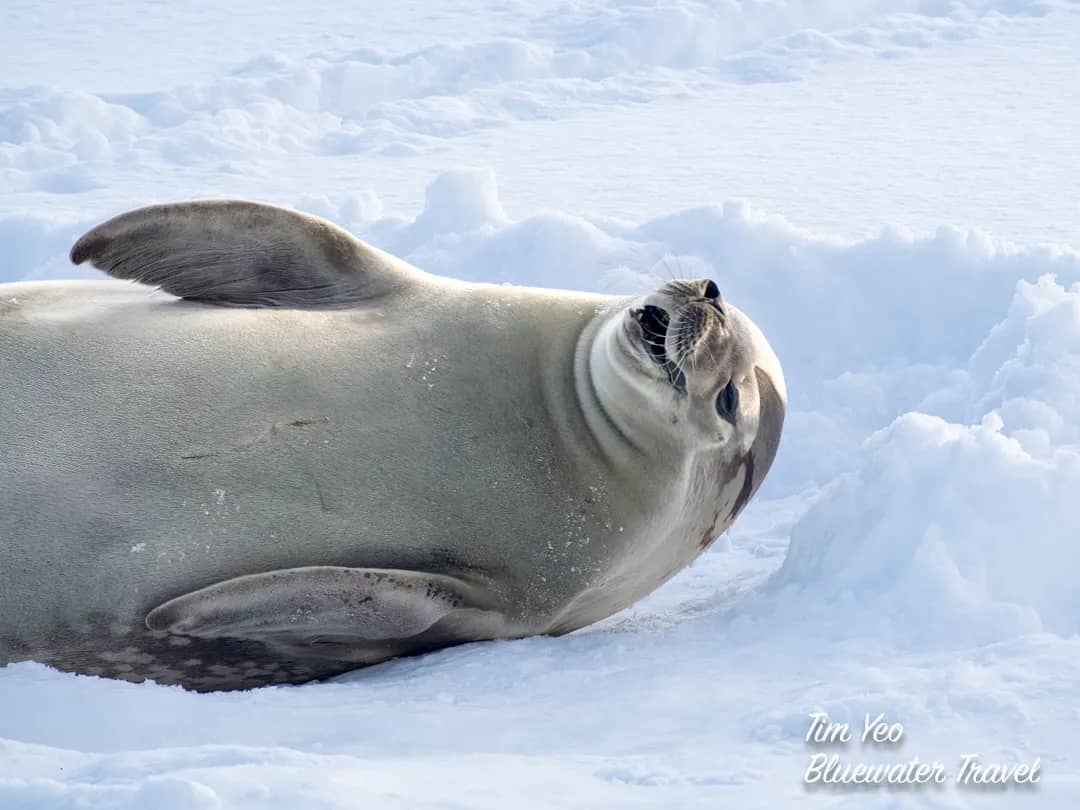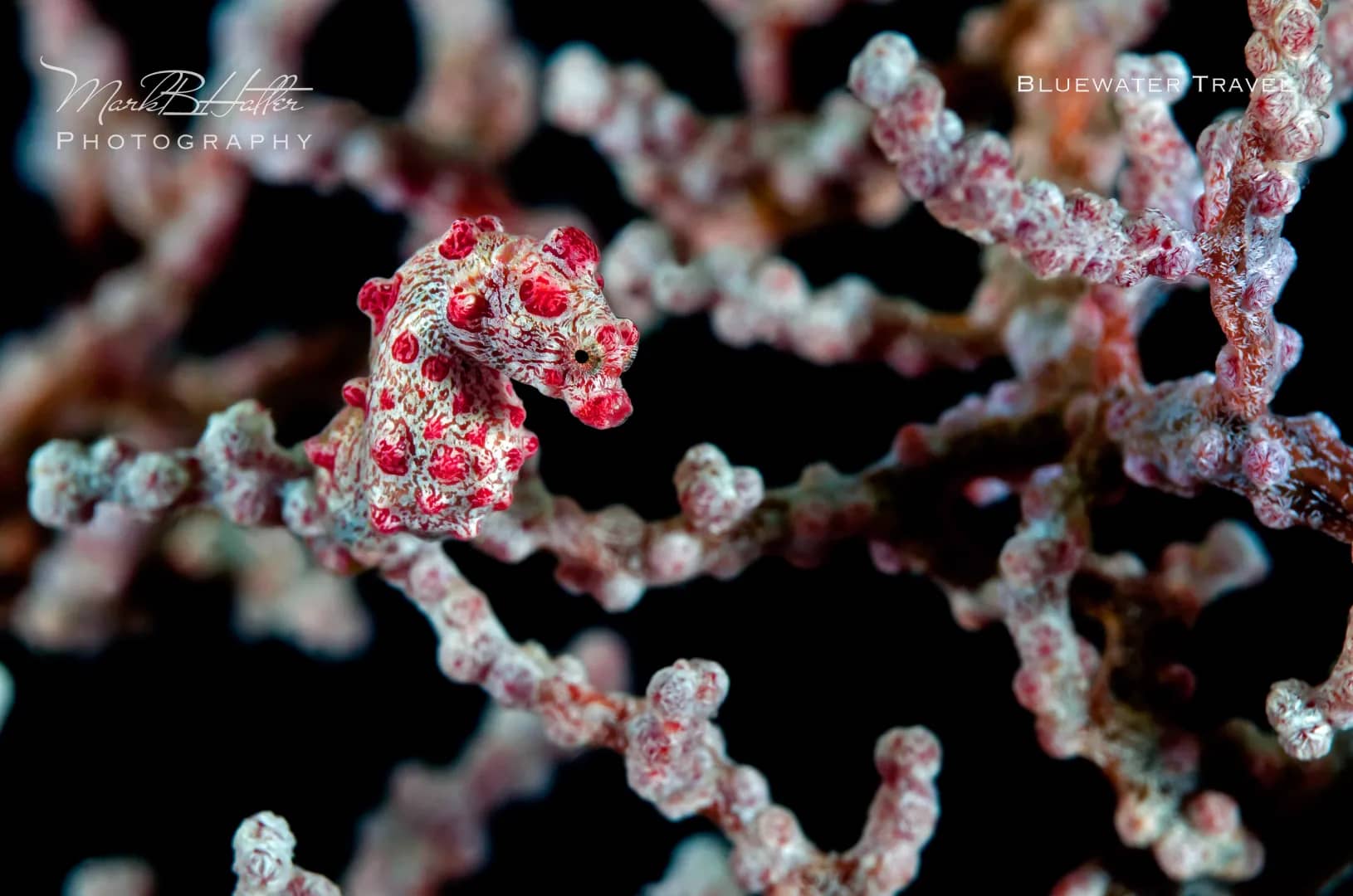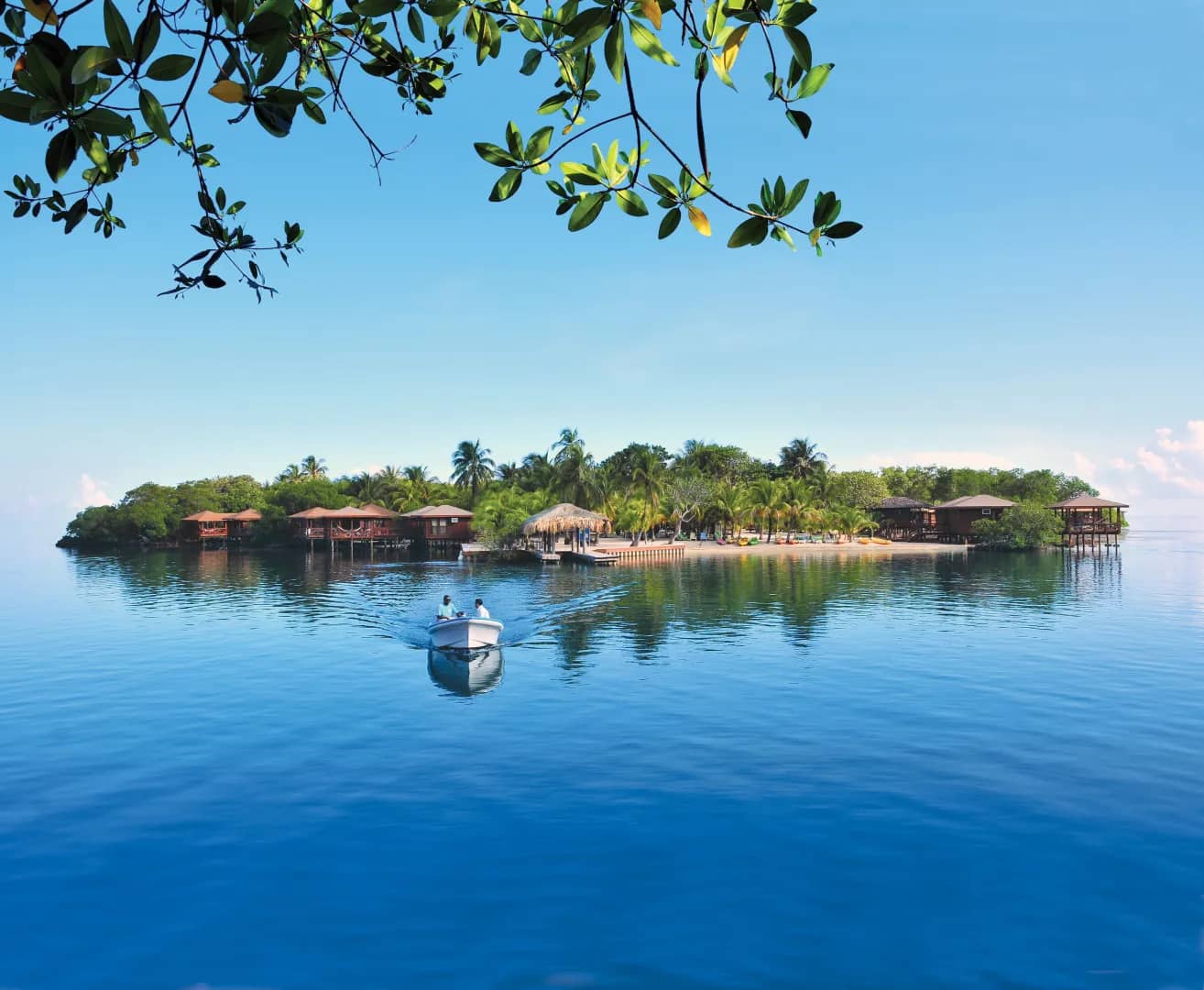Baja Ultimate Whale Safari Trip Report 2024
Trip Leader: Helen Brierley
Images by Helen Brierley and Trip Guests


Day One FEB 24, 2024
Everyone had arrived in Baja in advance of this mornings first meeting, excited to start what promised to be a real whale fest of a trip. We met up at the Sea Creatures office in Cabo San Lucas for a pre-trip briefing given by Helen Brierley, the trip leader, on what to expect in terms of wildlife and some top tips on getting the best photographs. Then we were off on our first adventure an afternoon of humpback whale watching out of Cabo.
With just nine guests on the trip, we were all able to be together in a private boat, which meant we could go off and find our own whales, of which there were plenty, if other boats came on the scene. We were treated to lots of action from multiple humpbacks a very encouraging start!
Late afternoon, we made the 2-hour trip by road to our first hotel in La Paz in time for dinner and a briefing about the plans for the next day.
Day 2 FEB 25, 2024
Some of our group decided to scuba dive with the sea lions at Los Islotes, while the rest of us headed out a little later to a closer sea lion colony. While most of the sea lions at this colony were off fishing, we also got the opportunity to snorkel in a beautiful bay with some expansive coral formations and plenty of fish. A delicious lunch was served on board the Nautilus Westerly, where the divers rejoined us before we headed out into the bay for our encounter with the whale sharks.
We had heard there were multiple whale sharks present in the area and it didnt take us long to find our first. By the end of the afternoon, we had all had multiple jumps into the water with these magnificent creatures a dream come true for several first timers on the trip. Then it was time to board the spacious Nautilus Gallant Lady for the next three nights, heading north to the Mechudo Corridor and hopefully blue whales.










DAY 3 FEB 26, 2024
By morning, we had arrived in the Loreto area and the weather was stunning perfect for whale watching with glassy water and no wind. We lost count of the number of blue whales present in the area, even seeing a fin whale to add to the list. We were all able to get some great shots of whale tales and blows in the sparkling ocean.
In the afternoon we were assisted by a spotter plane as we journeyed down the coast in search of more marine species. We added sperm whales to our count and after cocktails on a nearby beach we enjoyed Taco Monday on the top deck as a spectacular moon rose over the dramatic coastline.




Interested in blue whales? Check out our list of The World's Best Places to See Blue Whales.
DAY 4 FEB 27, 2024
Most of us donned our wetsuits and headed out in the RHIB in the hope of getting into the water with whatever we might come across. We did see dolphins and more humpbacks, but no real opportunity to swim. This all changed when we neared San Francisco Island however and we jumped in with a very playful colony of sea lions. This was another first for several guests and great fun was had by all.




DAY 5 FEB 28, 2024
There had been lots of packing and unpacking as everyone tried to decide what to take for the glamping on the next leg of the trip. The charter plane was small and only allowed 22lbs each in the hold. As it turned out, everyone had room to spare its amazing how little you actually need! We were greeted with champagne upon our arrival, then a delicious brunch and straight out on the pangas for our first Grey whale experience. Our encounters were absolutely incredible, including with a mother and calf. Everyone got to touch these gentle giants as they trustingly approached our panga and seemed to offer themselves to each of us in turn.
Just when it seemed the day could not get any better, we got back to camp and were led to the most luxurious tented accommodation you can imagine, our home for the next three nights.






DAY 6 & 7 FEB 29 & MAR 1, 2024
The next two days were filled with Grey whale watching from the pangas two sessions in the morning and one in the afternoon. Each time we saw multiple whales and multiple mother and calf pairs. There were apparently 192 whales in the bay, with 8 mother and calf pairs, plenty of them extremely friendly. We observed different behaviors every day, with so many spy hops that one guest likened it to Whack-a-mole!
Each evening the camp offered a talk by one of the whale guides, different every night but worth listening to every time.










Can't get enough of whales? Check out French Polynesia.
DAY 8 Mar 2, 2024
As an added bonus, we were offered one last whale watching outing before our 10:30am flight back to Cabo. The panga took us straight to the airport afterwards where we did a quick change of clothes before once again enjoying the views from our Cessna windows. We landed in Cabo and said goodbye to our fellow travelers, all agreeing it had been a trip of a lifetime.










Join our next trip in 2025:
Baja Ultimate Whale Safari 2025
For another great whale destination, check out our upcoming trips to French Polynesia in 2024 & 2025
